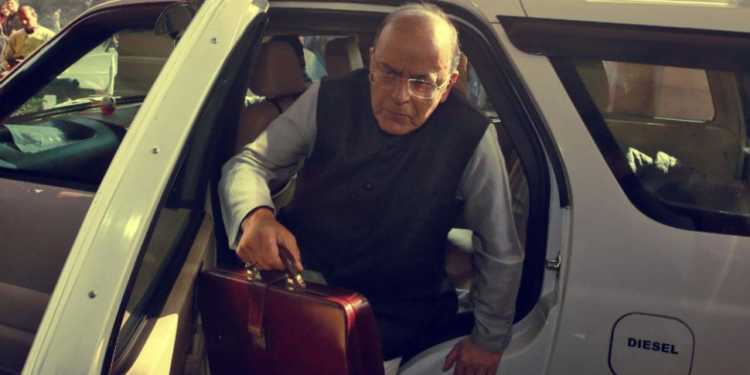Budget means balancing expenses and incomes. In a populist budget, Government tries to please as many citizens as possible even if it hits long term prospects because of excessive borrowing. On the other hand, a reformist budget usually tries to stabilize long term prospects of a country by regulating fiscal deficit. 2018 budget was expected to be a populist budget. While on surface it does look like one but it is certainly not an overtly populist budget.
There are already hundreds of 2018 Budget analyses out already. You can get ‘facts and statistics of the budget’ from any source out there but I don’t want to give you just the facts, rather want to discuss the underlying theme of the budget.
Here are 5 Major Takeaways:
1.) 2018 Budget: Rural Distress has been addressed
Frankly speaking, I am not a fan of populist budgets as they fail to create any meaningful assets. I pointed out in one of my previous articles that rural distress is real and is assuming gargantuan proportions. In fact, Rural distress, along with erratic Fuel prices are the 2 biggest challenges for the Government. It is good to see that the Government tried to address the rural distress in the 2018 budget. NDA tried to revive the rural economy by increasing minimum support prices, special funds for fisheries and animal husbandry, farm bank credit and most importantly ‘world’s largest government funded health insurance’ etc.
2.) 2018 Budget: Big Boost to Healthcare
Education, health and judicial system are the three areas that need immediate attention in India. Thankfully, at least, one of them has been addressed. One will not realize the importance of health insurances unless he/she has suffered the ordeal of hospital expenses. So, universal health insurance scheme is a brilliant move. But, like alert citizens we need to see how the implementation of the expansive plan goes and the overall quality of it. Apart from universal health insurance, Government is planning to open a medical college for every three parliamentary constitutions which is also a welcome move as we severely lack resources to address primary health concerns. It will also significantly reduce the pressure on the existing healthcare facilities.
3.) 2018 Budget: What about Jobs?
Another area where government stressed in this budget is employment generation. Government has offered tax breaks to companies for incremental employment generation. One thing that took me by surprise was the reduction of corporate tax to 25% for firms whose turnover is up to 250 Cr (which are about 99% of total registered entities in India). Could this be an official apology for the disruption caused by GST roll-out?
4.) 2018 Budget: Fiscal deficit targets
Though the fiscal deficit targets are relaxed, but they are still well within the permissible limits. Divestment has been constant source of revenue for the governments, which should not be the case for any government as it is not a permanent source of income. The revenue generation should be from organic sources like direct and indirect taxes, not from the divestment activities. Though the fiscal deficit targets are acceptable, we must consider those deficit targets without the effect of divestment. If we take away the revenue generated from divestment activities, fiscal deficit should be much higher. On bright side, divestment targets were much lower than the expected figures.
5.) 2018 Budget: What about the salaried class distress?
Probably salaried class must be the most disappointed section with the 2018 budget. There has always been something for them in all previous budgets as they are major contributors to direct taxes, however, they were sidelined in this budget as the fiscal deficit may run out of control if the tax sops are given to salaried class along with all the proposed measures to farmers. Instead of giving tax cuts to salaried class, education cess was increased which will have direct impact on overall tax liability.
Though the 2018 budget is somewhat a populist budget when compared to the previous versions of the budgets presented by NDA, government deftly maintained the balance between discipline and populism. From taxing capital gains to not providing tax breaks to salaried class, everything is well on the path of controlling fiscal deficit and it is a good thing.
If you want me to pick the biggest highlight of 2018 budget, I would go with rural employment. From Mudra Yojana, Minimum Selling price to rural health and kisan credit cards, everything is intended to push rural economy. To balance the expenditure incurred in pushing the rural economy and employment, salaried class and stock market investors have been sidelined. Only time will tell whether it is a good move or not. If rural economy is revived with the proposed measures, it’s a risk worth taking. As always, it is not about the plans that are presented in the budged, it’s about the implementation. We’ll need to wait and watch!































